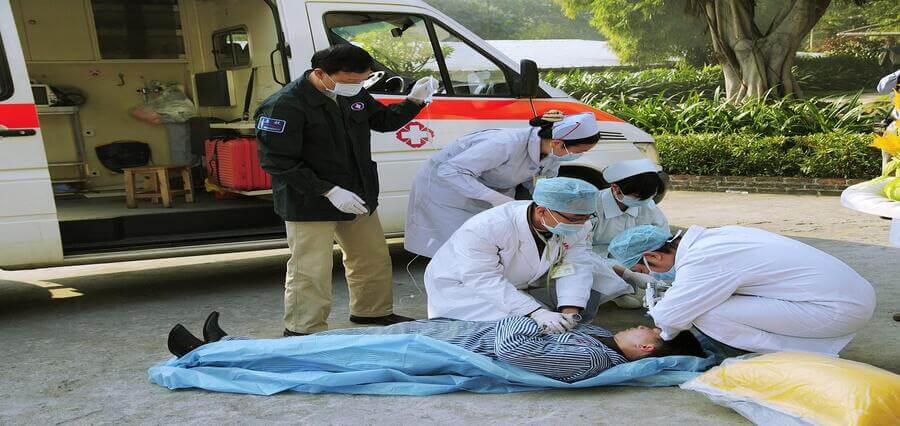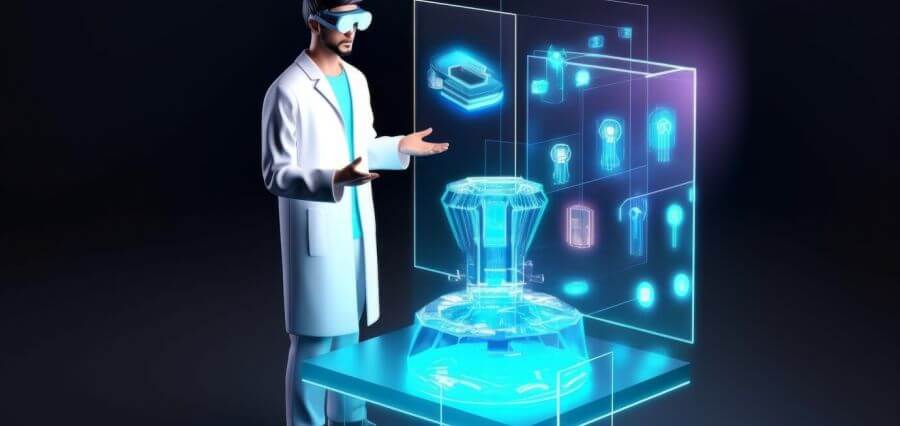Medical emergencies can be fatal, primarily if not attended immediately. Quick medical help for people experiencing medical emergencies is essential because it can help save their life. Knowing the symptoms of a medical emergency enables you to determine your options for that condition.
The signs may include difficulty breathing, intense chest pains, severe bleeding, inability to stop the bleeding with pressure, broken bones, severe allergic reactions, and more. While immediate response may be needed, keeping calm makes it easier to give first aid. This article outlines four common medical emergencies and how to deal with them.
1. Heart attack
A heart attack is a severe medical emergencies where the blood supply to the heart is blocked, generally by a blood clot, and may be caused by coronary heart disease (CHD). Insufficient blood in the heart is life-threatening and can severely damage the heart muscles. Chest pain, pain in other body parts, including the left arm, neck, back, tummy, and jaw, sweating, lightheadedness, and shortness of breath are heart attack symptoms to look out for.
Call for emergency help and as you wait, give the patient an aspirin to prevent blood clotting or start CPR if they’re unconscious. With a basic life support course from Newcastle Training or other authorized training centers, you can acquire the skills necessary to give CPR.
2. Bleeding
While wounds and cuts cause bleeding, not all incidents are a medical emergency, especially if they can be treated at home by first aid. However, if you cannot control or stop the bleeding with first aid, you can see an object in the wound, a cut appears deep, or a bone or tissue is visible, seek emergency medical treatment. If a lot of blood is lost, the injured person might start feeling dizzy or sick, appear pale, or lose consciousness. In such cases, immediate medical attention is needed.
3. Stroke
A stroke is a severe, life-threatening medical emergency that occurs when blood supply to a portion of the brain is stopped or restricted, requiring urgent medical treatment. This disease may be hemorrhagic or ischemic, leading to disability, brain injury, and death. The sooner a patient gets stroke treatment, the lesser the damage.
The symptoms of stroke may include the face dropping on one side, the person not being able to lift their arms and keep them up, garbled or slurred speech, the affected person not being able to speak despite being awake, and more. If you or someone else has these symptoms, call for immediate medical help.
4. Breathing difficulties
While people with specific illnesses, including asthma, anemia, heart disease, respiratory infections, and chronic obstructive pulmonary disease, cause breathing issues, it can be fatal when sudden. Breathing difficulties may include shortness of breath, gasping for air or being unable to take deep breaths, and feeling like you aren’t getting sufficient air.
If you’re breathing rapidly, can’t breathe lying down, need to sit to breathe, or are agitated or anxious, you could have breathing problems. Call for emergency help, loosen tight clothing, and start CPR if necessary. Keep monitoring the patient’s pulse and breathing until medical assistance arrives.
Endnote
Medical emergencies can be fatal, mainly if immediate medical attention or first aid isn’t provided. Familiarize yourself with the common medical emergencies and how to deal with them to reduce their effects and save lives.















